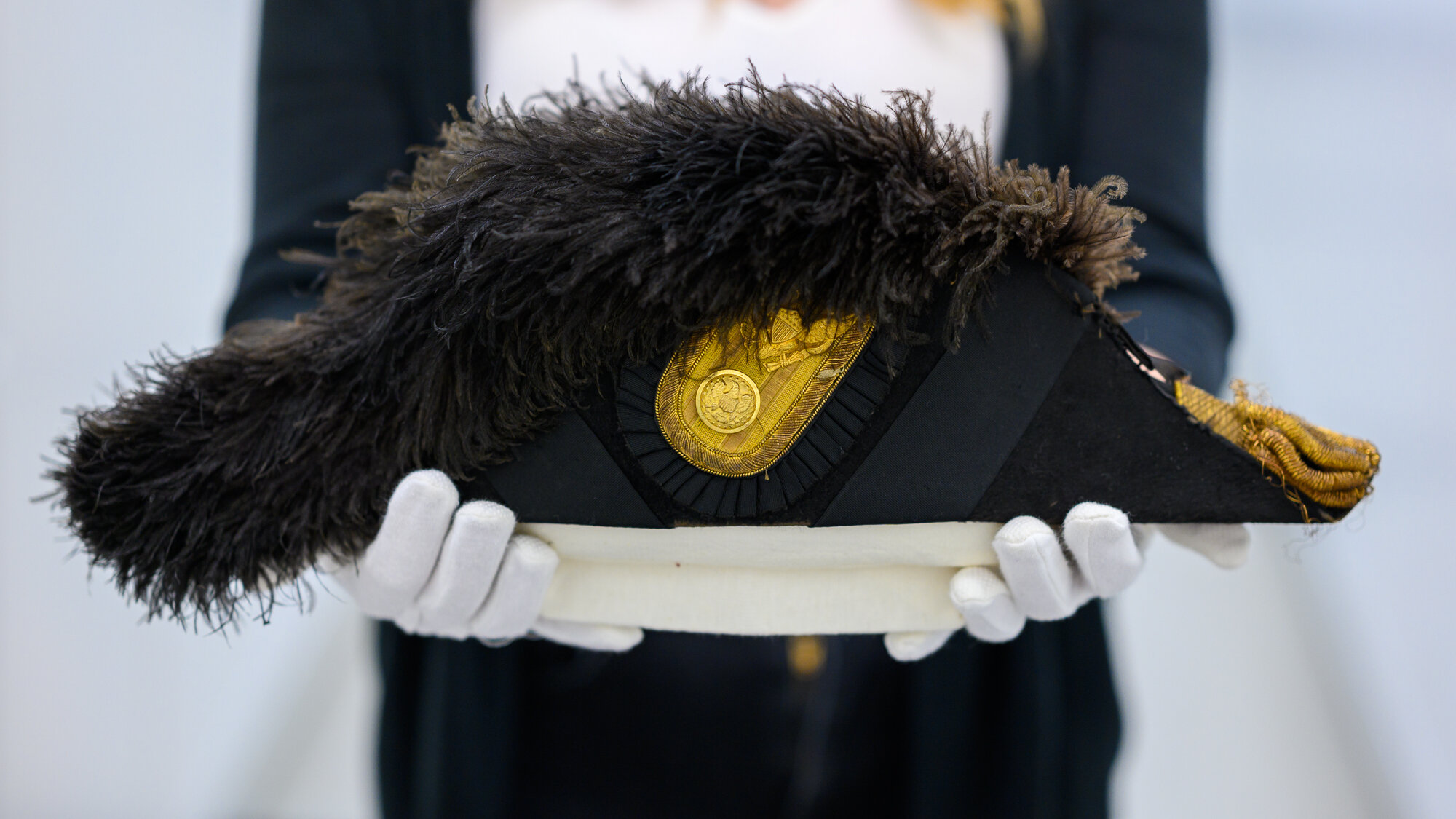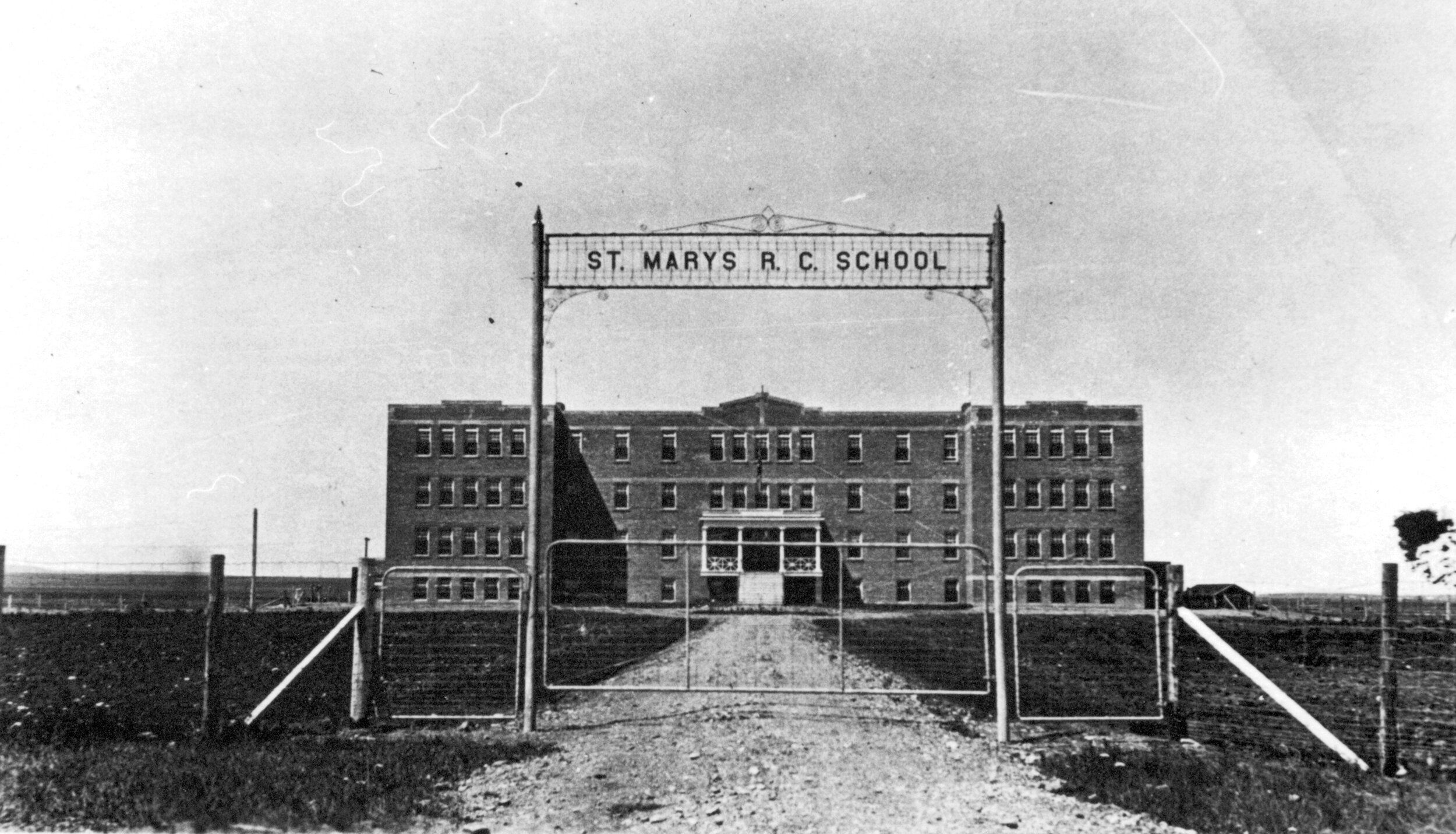Daring prisoner escapes — Hollywood's bread and butter for psychological thrillers — happened in Southern Alberta too. Many mirrored or even surpassed the classics of the genre.
Read MoreFew film screenings in Lethbridge history attracted as much attention as the 1920 screening of Fit to Win.
Read MoreAs its collections have grown and evolved, the Galt's mandate for collecting objects has become focused on "preserving the human history of Lethbridge and southwestern Alberta." However, many artifacts donated before the current collecting mandate do not demonstrate those regions and connections.
Read MoreThe Lethbridge Symphony Orchestra is an organization and resource in southern Alberta that many take for granted as part of our community. But the symphony didn't exist a short 60 years ago.
Read MoreReconciliation is a process of understanding and accountability that can bridge the gap between Indigenous peoples and non-Indigenous Canadians. Here are some steps you can personally take to further the important work of reconciliation between Indigenous communities and allies
Read MoreBetween 1880 and 1980, ten Residential Schools operated in our own backyard, or Treaty 7 lands. The impact of residential schools has caused generations of Indigenous youth to strive to relearn and preserve cultural ways of knowing as intergenerational victims.
Read MoreNew opportunities to explore and engage with this region's history will be introduced as we safely and responsibly reopen our site. Each day at Fort Whoop-Up will bring new adventures designed to capture the imagination and showcase southwestern Alberta's rich and diverse history.
Read MoreIn 1907, reverend Chivers designed the City of Lethbridge coat of arms. While it reflected the community of the day, Lethbridge has changed greatly since then.
Read MoreDo you know the story behind what local historians have called “unquestionably the most famous photograph ever taken in the City of Lethbridge?”
Read MoreOrville Brunelle, Lloyd Knight, David Rossiter, and Ian Martens are four of the most prolific photojournalists who have contributed to the Lethbridge Herald. Find out more about their work and accolades.
Read MoreOn a winter's day in 1873, Canadian Donald Graham found himself in an armed standoff with a man remembered now only as “The Bigheaded Dutchman.”
Read MoreWho was Mary Drever and what makes her a notable female figure in the history of southern Alberta?
Read MoreWhen did Mothers Day start and what was its original intent? Find out about the history of Mother’s Day and of the legacy of women in Lethbridge and southern Alberta.
Read MoreWhen Blanche Bruisedhead was 7, an RCMP Officer and priest threatened her parents with jail time if they didn’t send their daughter to St. Mary’s Residential School. Read Blanche’s account of her time at St. Mary’s.
Read MoreBlanche Bruisedhead and her follow Niitsitapi students were forced to stop speaking Blackfoot at St. Mary’s Residential School. Learn about her experience learning English by force, and now teaching Blackfoot to students of all ages.
Read MoreWhen Nicholas Sheran drowned in the Oldman River in 1882, why didn't his wife or his sons inherit his estate?
Read MoreTo generate public support and sponsorship for ships and their crews during the Second World War, some corvettes were named after communities, and so on June 25, 1941, the HMCS Lethbridge was commissioned into service.
Read MoreToday there is a mix of large commercial and small hobbyist beekeepers in southern Alberta. How did apiculture develop here over the last century?
Read MoreDid you know that southern Alberta has a long history of beekeeping? Find out what and who made our region a “beekeeping hotspot.”
Read MoreSouthern Alberta has been a hub for ingenuity over the years. Learn about inventors Andrew Briosi, Chloe Davies, Catherine Jackimszyk, Charles Noble, Alberta Stubbs and Otto Wobick.
Read More
















